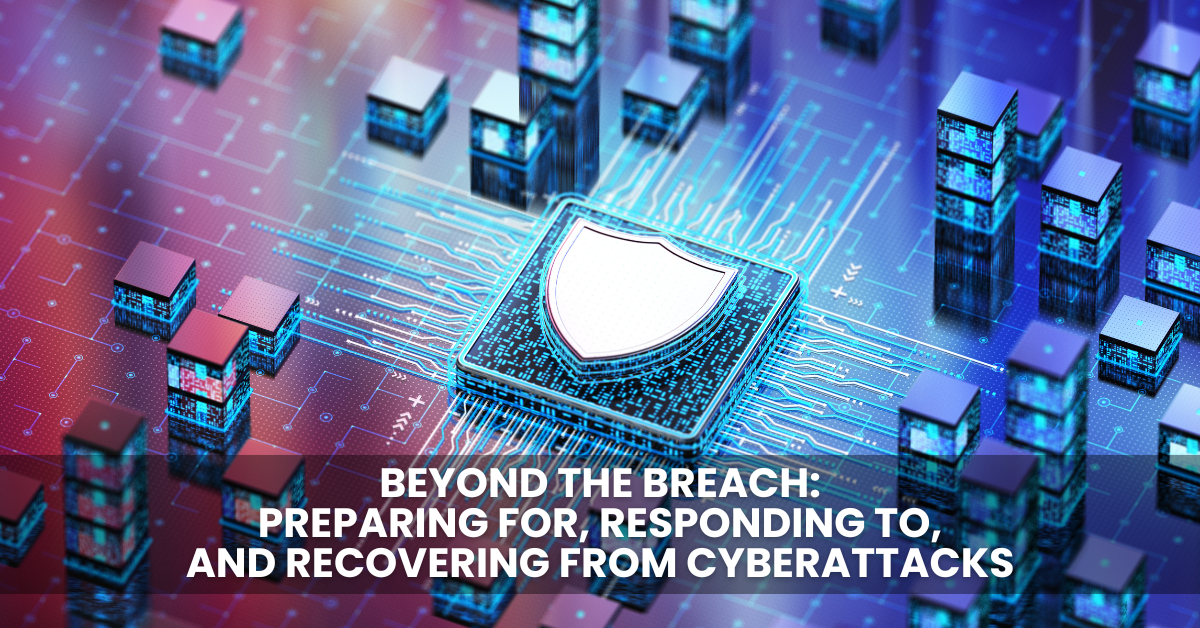In today’s digital age, cyberattacks are a constant threat to businesses of all sizes. From phishing scams to malware infiltration, cybercriminals are constantly evolving their tactics. While a complete shield might seem impossible, you can take steps to build cyber resilience. This means being prepared to defend, detect, respond, and recover from a cyberattack.
Preparation is Key
The first line of defense is a strong security posture. This includes:
- Firewalls and intrusion detection systems act as a digital moat, filtering incoming and outgoing traffic for suspicious activity.
- Regular software updates: Patching vulnerabilities is crucial, as attackers often exploit known weaknesses in software.
- Data encryption: Encrypting sensitive data makes it unusable even if stolen.
- Employee training: Educating your team on cyber threats and best practices like password hygiene and phishing awareness is essential.
Responding Effectively
Despite these measures, a cyberattack might still occur. Here’s what to do:
- Identify and contain the threat: Swift identification is critical. Isolate infected systems to prevent the attack from spreading.
- Assess the damage: Understand what data was compromised and the potential impact on your business.
- Activate your incident response plan: A pre-defined plan helps your team respond efficiently and minimizes downtime.
- Engage a security expert: If the attack is complex, consider bringing in an experienced security team to help with investigation and remediation.
Recovering & Learning
Recovering from a cyberattack can be a lengthy process. Here are some critical steps:
- Eradicate the threat: Ensure all attack traces are removed from your systems.
- Restore data: If data is lost or corrupted, use backups to restore critical information.
- Review and improve: Analyze the attack and identify weaknesses in your defenses. Based on your findings, update your security policies and employee training.
Building a Culture of Security
Cybersecurity is not a one-time fix. It’s an ongoing process that requires continuous vigilance and adaptation. By implementing the strategies outlined above and fostering a culture of security within your organization, you can become more resilient to cyber threats.
Download our latest whitepaper on Cyber Crisis Management 2024.



